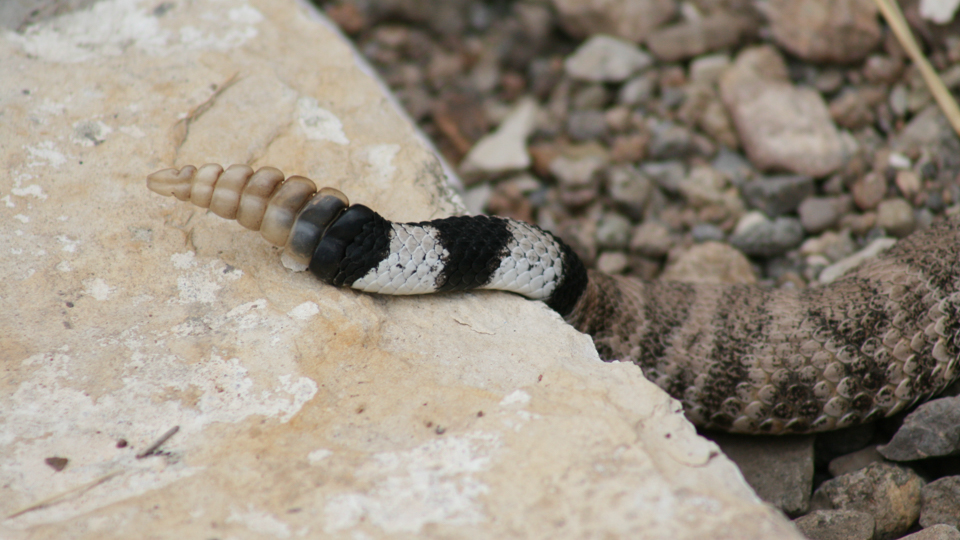Search This Blog
Pit Vipers The Optimal Blend of Style & Performance. Pit Vipers Outdoor Fashion and Lifestyle.
Featured
- Get link
- X
- Other Apps
What is the World's Most Venomous Rattlesnake?
Do you know what the most venomous rattlesnake in the world is?
The answer is Mojave rattlesnake.

Rattlesnakes are venomous pit viper. The heart of rattlesnake territory is truly Arizona, which is home to 13 different species, more than any other states in the United States. Mojave rattlesnakes habitat various desert habitats from lowlands to high altitudes and the best area to look for it is in the Mojave and Sonoran desert.
-Why Mojave rattlesnake is so dangerous?
All rattlesnake species are potentially deadly .
If startled or provoked, the mojave can strike incredibly far. It will actually lunge two thirds of its body and inflicts a very painful and potentially lethal venomous bite. Striking and biting is definitely its last resort.
-How do I recognize the mojave rattlesnake?
On the first sight it looks like the western diamondback rattlesnake (the most common species if Southwestern United States). So, let's see the different between them.
- Mojave rattlesnake has large scales between the eyes, which western diamondback rattlesnake doesn't have.
- Mojave rattlesnake has a slight greenish tinge, with white thicker bands to black on the tail (2:1), while the bands of western diamondback rattlesnake are 1:1.
 |
| Western Diamondback Rattlesnake tail |
 |
| Mojave Rattlesnake tail |
-Vonom Toxicity
Mojave rattlesnake is extremely venomous.
It has two different venom types--Type A and Type B--depending on what region the snake is living in.
Type A snakes produce a much stronger neurotoxin called "Mojave Toxin". Type B is more hemotoxic. Type A is more 10 times the toxicity as Type B.
We could not tell which type of venom the mojave is with through its appearance, but most of them have Type A venom.
-When I come across a Mojave Rattlesnake, what should I do?
When encountered, it rattles loudly to warns you before come too close. So what you need to do is show respect and walk away, slowly. DO NOT IRRITATE IT.
If it is puffing up its body means that it is getting ready to strike. It strikes if it feels like that is its last resort for escaping. If get attacked by this snake, you must get to the hospital immediately.
Popular Posts
What is Eastern Diamondback Rattlesnake?
- Get link
- X
- Other Apps
Himalayan Pit Viper-Gloydius Himalayanus
- Get link
- X
- Other Apps
Comments
Post a Comment